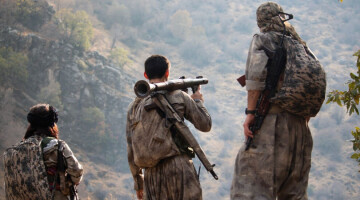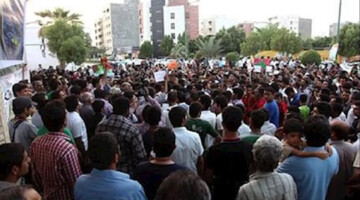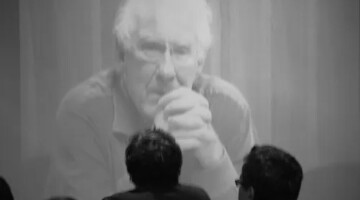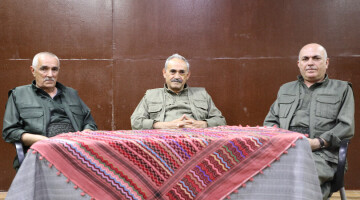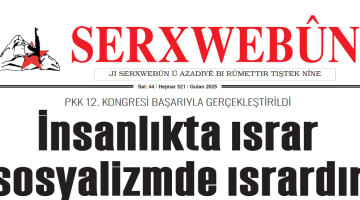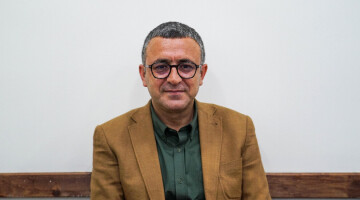The year 2012 significantly shaped the Kurdish freedom struggle. In view of the Turkish state's policy of annihilation, the guerrillas initiated an extensive offensive in North Kurdistan, which put the Turkish state under so much pressure with massive actions that a new negotiation process was started. During this phase, the guerrillas controlled entire regions. This was a special twist, as instead of using traditional "hit and run" tactics, the guerrillas now held and defended positions, effectively blocking supplies for the Turkish army in many areas. The guerrilla offensive that began on 23 July, 2012 in the northern Kurdish cities of Hakkari (Colemêrg) and Şemdinli (Şemzînan) went down in history.
Military fortresses as a means of state terror
For the Turkish army, military bases had been a key way of controlling the Kurdish areas. Especially along the border between Bakur and Başûrê-Kurdistan, outposts and military posts lined up almost seamlessly. After stationing hundreds of soldiers in these outposts, the state moved their families to the cities of Kurdistan to establish not only military hegemony but also social dominance. From these outposts, the occupying soldiers monitored every little movement of the population around the clock and bombarded the civilian areas, gardens and villages with heavy weapons. At the same time, they exerted psychological pressure on the population through shelling and threats. Many villagers, including many children, died in the attacks or were maimed by bombs that exploded while playing.
Guerrilla controlled entire border
The guerrillas studied this development and prepared an offensive against it. Breaking military dominance over the population was a prerequisite for liberation. The guerrilla made appropriate preparations. In numerous actions in regions such as Karataş, Goman, Oramar, Şîtaza, Kanî Orê and Çelê, they stormed the occupation troops' outposts and took control of the entire border to Southern Kurdistan.
The historic action against the Haruna base
One of the most impactful actions in 2012 was the attack on the Haruna police station between Şemdinli and Gever. What made this action different from others was that the possibility of self-sacrifice was planned from the start. The guerrillas who signed up for this action were aware of this. This created a special connection between the organizers of the campaign. Guerrillas from all parts of Kurdistan were there: Ekîn Amed, Cuma Goyî, Aşîkar Bagok and Mordem Avaşîn came from Northern Kurdistan, Neval Sîdar and Çirav Urmiyê from Eastern Kurdistan, Karwan Gabar from Southern Kurdistan and Dinya Tilebyad from Rojava. When they started the action on 14 September at 3 pm, they set off to become a historic example.
The action was organized in two groups. One group was to penetrate the soldiers' barracks while the other group struck outside. The goal of the guerrillas was to completely destroy the outpost and deal a heavy blow to the army.
At 3pm, both groups began their operations. The group of eight launched their attack. They entered the base within a minute, having previously eliminated the sentry post and nearby positions. The military station buildings, barracks and casino were taken within five minutes. The militants searched the interior of the military station for about 20 minutes, eliminating the occupying soldiers who opposed them and at the same time destroying the military station's guard and security facilities. Two armored personnel carriers and a wheeled tank were destroyed.
The Haruna military base fell into the hands of the guerrillas within 20 minutes. 60 soldiers lost their lives in this action. Guerrillas Ekîn Amed, Dinya Tilebyad, Newal Sîdar, Çirav Urmiyê, Karwan Gabar, Cuma Goyî, Aşîkar Bagok and Mordem Avaşîn fell as martyrs.
After the action against the Haruna base, important documents from the Turkish army came into the possession of the guerrillas. These documents said: “If there are more attacks like the one on the Haruna military station, we will have to withdraw from Şemdinli.” This is exactly the goal the fighters who lost their lives in Haruna had achieved.


